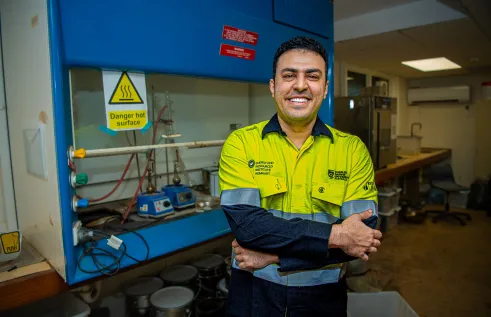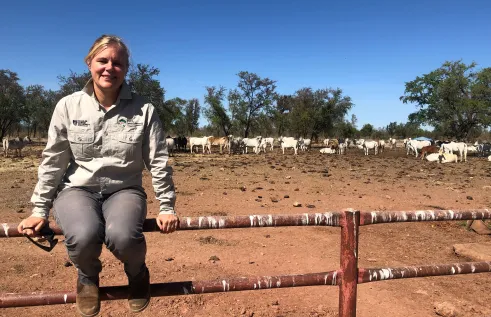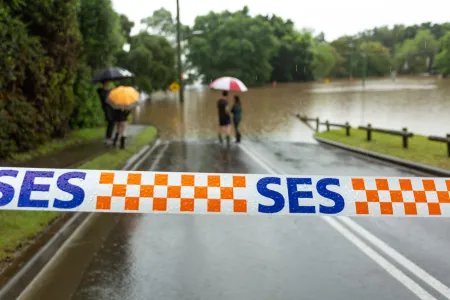News
Australians less likely to use social media as an information source in a natural disaster
New Charles Darwin University (CDU) research suggest that people are less likely to use social media as an information source during a natural disaster, instead using traditional media and authorities’ websites for critical information.
The study, an Australian first, has investigated both users and non-users’ attitudes towards social media as an authoritative source for information during natural disasters, such as bushfires or in floods.
CDU Associate Professor Kerstin Zander, from the Northern Institute, said the research was important to understand the wider community’s attitudes and behaviors towards social media channels during natural disasters.
“We found that 65 percent of respondents who experienced a natural disaster did not use social media to look for real-time information at the time,” Associate Professor Zander said.
“Households with children, who played a role in gathering information, were more likely to use social media for information during disasters.
“So not only does this mean social media has so much more potential in its reach during natural disasters, but there is a big gap in understanding people’s attitudes towards social media because most studies into social media use during disasters look at online behaviour.”
The research was based on a survey of 1665 adults across Australia asking them about their social media use, and their use of it during a natural disaster. About 34 percent of the respondents had experienced a flood or a bushfire emergency.
The results and findings of the survey was published recently in the International Journal of Disaster Risk Reduction.
Co-author Rifka Sibarani said the more people trusted social media, the more they agreed that it was the best place to look for real-time information during emergencies.
“Those that trusted social media were 50 per cent more likely to use the platforms to gather information during emergencies, than those that did not trust the platform,” Associate Professor Zander said.
“This might be concerning when you consider that 40 per cent of people did not trust social media. More than half (53 per cent) of the social media users thought that there are too many irrelevant messages on social media to find what they wanted.”
Associate Professor Zander said there was still a lot of potential for social media in its impact in emergency response and dissemination of information.
“In the future, authorities will likely rely on social media for decision-making and emergency communications, but misinformation and mistrust could have an impact,” she said.
“Social media is a powerful, real-time tool for authorities to get information out. About 90 percent of people who use social media during a natural disaster, use it to gather information.”
Read the full research here.
Related Articles

Where rubber meets the road: Old tyres are key to building tougher roads
Almost half of the Northern Territory’s worn-out tyres end up in landfills – with the rest exported interstate for recycling – but a study led by Charles Darwin University (CDU) is repurposing the discarded rubber to build stronger, sustainable roads that meet the NT’s unique needs.
Read more about Where rubber meets the road: Old tyres are key to building tougher roads
Social media subjecting Black women to radicalised digital policing
Influencers use oppression, manipulation and weaponisation to police Black women on social media, according to new research uncovering the entrenched nature of digital racism.
Read more about Social media subjecting Black women to radicalised digital policing
Moo-ving the boundaries: New research evaluates virtual fences for use on NT cattle stations
Cattle producers in Northern Australia face unique challenges when adapting tools like virtual fences on their properties, but new research from Charles Darwin University (CDU) is set to break down the barriers to this technology.
Read more about Moo-ving the boundaries: New research evaluates virtual fences for use on NT cattle stations
